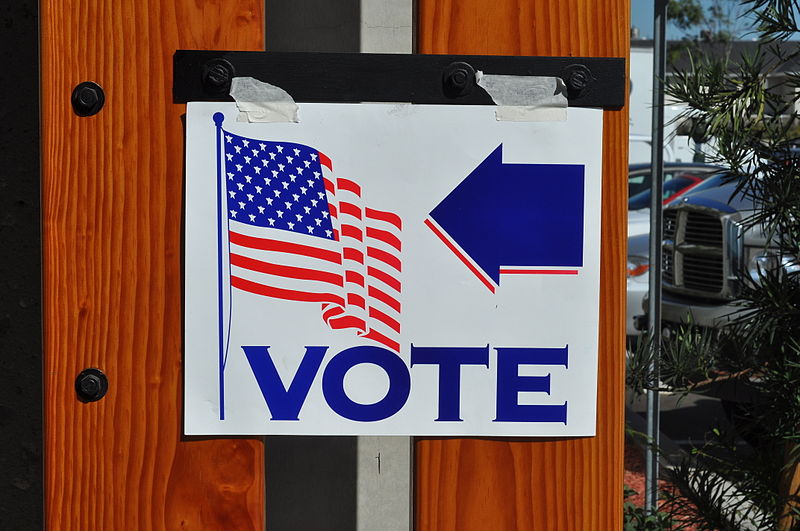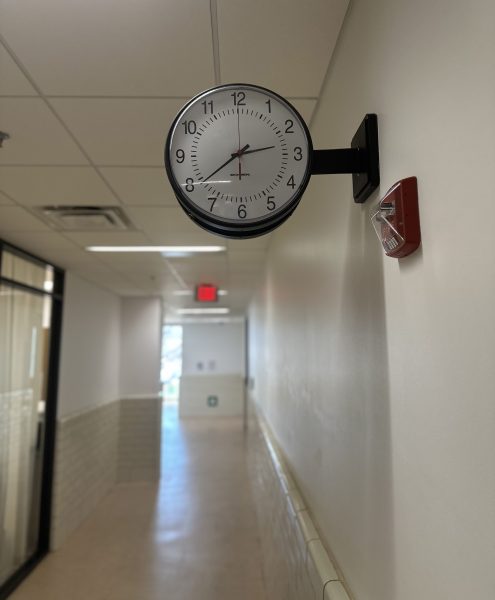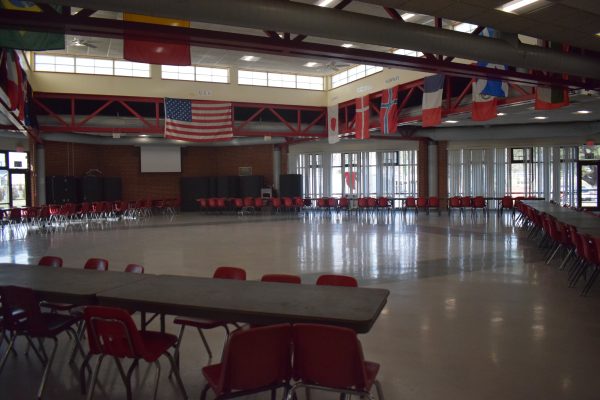Replace the Electoral College with Ranked-Choice Voting
The way we elect the President, through the electoral college system, is one of the most undemocratic ways of electing a head of state in the world. There are considerable problems with the system, from faithless electors, strategic voting, to the system turning against the popular vote. It’s time for America to replace the electoral college with ranked-choice voting.
In our current voting system, voters are made to choose one candidate on the ballot. This leads to candidates running for third parties receiving less votes than their full support, as many voters choose to vote for a candidate more likely to win.
In the electoral college system, each state is assigned a number of electors based on its population. However, these electors are not distributed evenly. According to a Washington Post article, an electoral vote represents four times as many people in California than it does in Wyoming.
This system also disenfranchises anyone living in a US territory (over 3.5 million people), but allows for those living abroad to vote in the state where they last resided. This leads to an interesting scenario where Americans living in a US territory can’t vote, but most Americans living abroad can vote.
When voters cast their ballots in the electoral college, they’re not actually voting for the President. They are voting for electors, who will hopefully honor the vote of the population, and ultimately vote for the President. Electors not honoring the people’s vote happened most recently in 2016, when 7 faithless electors defected from Trump and Clinton and changed the vote for President slightly (but not the eventual outcome). 33 states and DC have laws in place to prevent electors from switching their vote or abstaining, but many lack an enforcement mechanism.
Another issue with the electoral college is the prioritization of swing states. Since 48 states plus DC use the “winner take all” system, most states will consistently give all of their votes to a single candidate, even if millions in the state voted against the candidate. This means that a Republican voter in California or Democrat voter in Wyoming has little impact on the election. This also means that campaigns will spend significant time and money on swing states, since they will ultimately decide the election. As a result of this, some voters in America have almost no influence over the election, while some have enormous influence over it.
Election by popular vote is not the solution we should strive for. Popular vote elections promote a 2-party system, since voters will be discouraged from voting for third parties or alternative candidates because they are forced to vote strategically. While a voter may love one third-party candidate, they might have to vote for a different candidate to prevent one they dislike (of a major party) from taking power. However, ranked-choice voting eliminates this problem. By using ranked-choice voting, voters will be able to rank the candidates in the order they prefer, and not have to vote strategically. This also prevents a candidate with only a plurality of votes from winning, (meaning that while they got the most votes, a majority of the population did not vote for them).
Ranked choice voting allows for voters to rank all of the candidates on the ballot, rather than choosing one candidate to vote for. Voters ranking each candidate in terms of preference would allow for third party candidates to have a bigger chance of winning in elections. Ranked choice voting is better than the current plurality system of voting because it allows voters to vote for who they would truly like in office, rather than settling for a candidate who they don’t have full faith in.
Ranked-choice voting isn’t new to America, either. Its use in municipal elections date back to the early 20th century, and it’s currently used for all elections statewide in both Alaska and Maine, and is used in some capacity in 17 other states, including Virginia. Ranked-choice voting is better in almost every way to the electoral college, and it’s time to adopt it nationwide.
Thanks for reading The Falconer. We're happy to provide you with award-winning student journalism since 1963, free from bias, conflicts of interest, and paywalls. We're able to continue with the generous support of our local community. If you're able, please consider making a donation. Any amount is incredibly helpful and allows us to pursue new and exciting opportunities.

Hey! My name is David Achter, and I'm an Editor-in-Chief. I'm a senior, and this is the third year I've worked with the newspaper. I am a volunteer EMT...

Hi! My name is Catherine and I am Editor-in-Chief of the Falconer. I am a senior this year, and this is my third year with The Falconer! In addition to...










